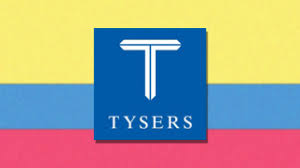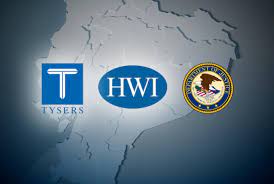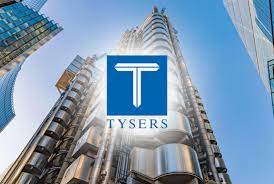Lessons Learned from the Tysers Insurance Brokers and H.W. Wood Limited FCPA Settlements (Part III of III)

The Tysers and Wood FCPA settlements reflect something old and something new in the FCPA enforcement world.
On the old side, at the core of the FCPA violations was the critical role played by the intermediary company. Unlike most third-party FCPA cases, where a third-party may be enlisted to further a bribery scheme by funneling payments directly to a foreign official, the intermediary in the Tysers and Wood cases played an instrumental role in arranging, managing and overseeing the bribery payments. The intermediary company truly operated as the “glue” that put together a large bribery operation from which it earned significant profits.
In a further testament to what I woul term the “old side” or common fact patterns in an FCPA case, Tysers and Wood appeared to have little to no meaningful financial controls or oversight with respect to allocations of significant percentages of commission payments to the intermediary company, well beyond any commercially reasonable amount of compensation. On its face, the payment arrangements raised serious red flags that were either ignored nor unidentified by Tysers and Wood internal controls.
On the relatively “new side” of FCPA enforcement patterns, the Tysers and Wood cases are interesting in that a large number of individuals were successfully prosecuted prior to the corporate resolutions with Tysers and Wood. DOJ has pushed companies to cooperate fully in order to identify individual actors who can be prosecuted with the evidence supplied by corporate actors. In the Tysers and Wood cases, the pattern is puzzling and raises the specter that perhaps the individuals assisted DOJ in securing large settlements from the corporate actors. On the other hand, the individuals may have been prosecuted with the full cooperation of the two companies, Tysers and Wood, and then resolved their own cases at the completion of the individual prosecutions. The timing of the corporate and individual resolutions, however, is certainly a unique pattern for DOJ to execute.

Let’s look at some of the dates and individual cases:
On September 16, 2020, Juan Ribas Domenech, the former chairman of Seguros Sucre (“Sucre”) and Seguros Rocafuerte (“Rocafuerte”) who took many of the bribe payments from Tysers and Wood, pleaded guilty in the Southern District of Florida to money laundering conspiracy for his role in this and another scheme.
On March 18, 2022, DOJ issued a declination letter to another U.K.-based reinsurance broker, Jardine Lloyd Thompson Group Holdings Ltd. (JLT), for bribes paid through a Florida-based intermediary company to Ecuadorian government officials to obtain and retain contracts with Sucre. JLY disgorged $29 million as part of the resolution. In 2020, three individuals, one from JLT and two from the Colombia subsidiary of the Florida-based intermediary, pleaded guilty to money laundering conspiracy.
On March 24, 2022, Fernando Martinez Gomez, a financial advisor, pleaded guilty in the Eastern District of New York, to two counts, including conspiracy to commit money laundering for his role in this and another scheme.

Four days later, on March 28, 2022, Esteban Merlo Hidalgo, a co-conspirator and agent of Tysers and H.W. Wood, pleaded guilty in the Southern District of Florida to four counts of engaging in transactions in criminally derived property obtained through his participation in this scheme. The two other principal actors from the intermediary company, Cristian Patricio Pintado Garcia and Luis Lenin Maldonado Matute, were indicted on July 14, 2022, but remain as fugitives.
From this pattern of prosecutions, it appears that several individuals cooperated with DOJ in the investigation of bribery in the insurance market in Ecuador. DOJ slowly built up a reservoir of information and intelligence that resulted in significant penalties against other individuals, as well as Tysers and Wood.














